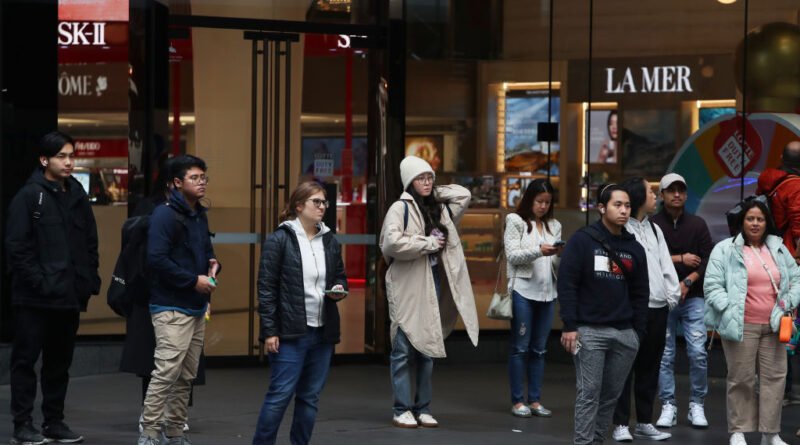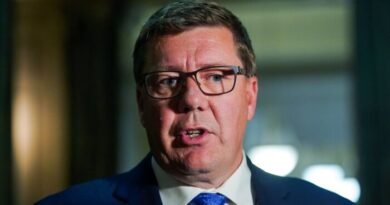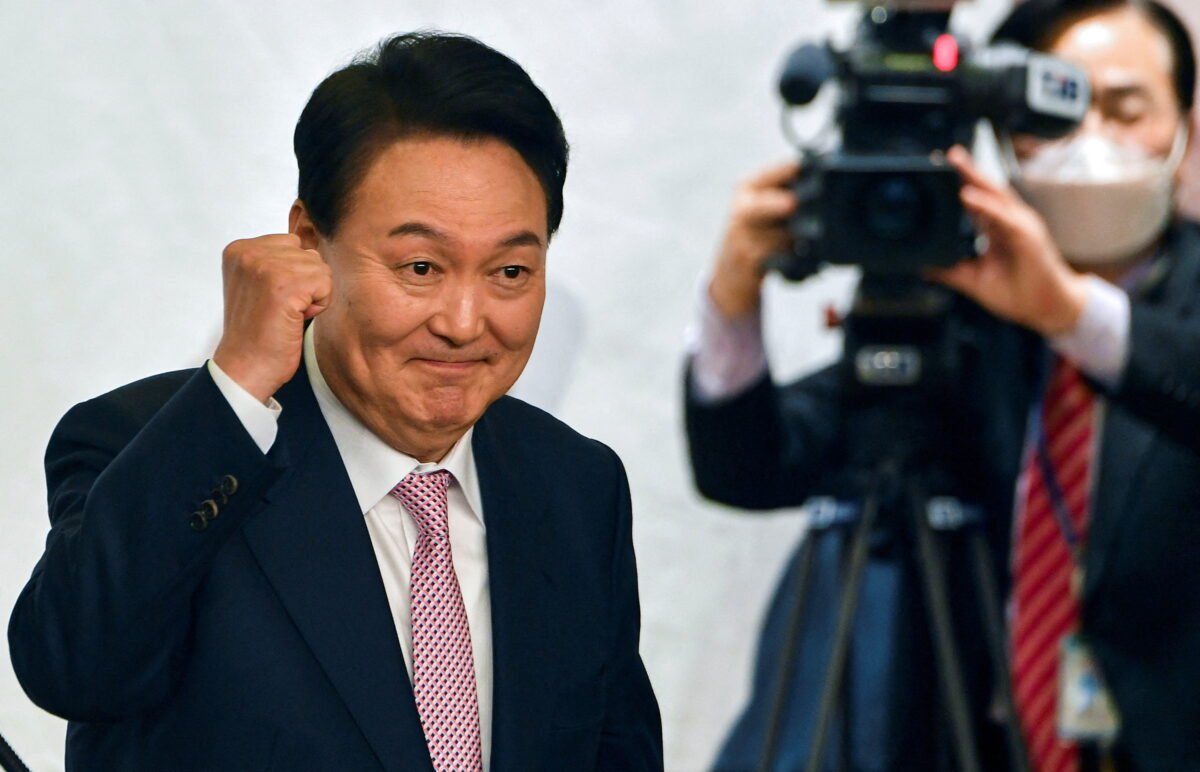Australia’s Unemployment Rate Surges to 4.2 Percent, Reaching a Peak Not Seen Since Late 2021
However, 58,200 new jobs were created.
Australia’s unemployment rate went up 0.1 percent to 4.2 percent in July, according to new data released on Aug. 15.
This was the highest level since November 2021 but 1 percentage point lower than March 2020, the Australian Bureau of Statistics (ABS) noted.
ABS head of labour statistics Kate Lamb said that while unemployment rose by 637,000 in July, the highest since November 2021, it was still 70,000 below the pre-pandemic level.
“The employment-to-population ratio rose by 0.1 percentage point to 64.3 percent, indicating employment growth was faster than population growth, and was just below the historical high of 64.4 percent in November 2023,” she said.
“Although the unemployment rate increased by 0.1 percentage point in each of the past two months, the record high participation rate and near record high employment-to-population ratio shows that there continues to be a high number of people in jobs, and looking for and finding jobs.”
Seasonally adjusted monthly hours worked in Australia jumped by 0.4 percent, which was in line with the 0.4 percent jump in employment.
Meanwhile, the proportion of employed people who worked reduced hours due to illness was 4.2 percent in July, similar to the data in May and June.
“This continues to remain higher than the five-year pre-pandemic July average of 3.6 percent. However, we also continue to see this balanced by slightly lower than usual reporting of some other reasons that people work less hours than usual, such as people taking annual leave,” Lamb added.
Meanwhile, the rise in hours worked led to a 0.1 percentage point fall in the underemployment rate, down to 6.3 percent in July.
Further, the underutilisation rate—combining unemployment and underemployment rates—jumped to 10.6 percent.
This was 0.3 percentage point more than July 2023 and 3.4 percentage point less than March 2020.
Economist Respond to Data
In response to the data, ANZ Head of Australian Economics Adam Boyton viewed the data as strong and expects the Reserve Bank of Australia to form a similar conclusion.
“Six month average employment growth is almost back at population growth and is running at its strongest pace since late 2022,” he said in a research note to investors.
“Hours worked also rose in July to be 0.9 percent higher over the year.”
Contrary to ANZ Bank’s expectations, employment rose by a strong 58,200 in July after a 52,300 increase in June.
“While the unemployment rate moved higher to 4.2 percent, that reflected an increase in labour force participation to 67.1 percent a record high,” Boyton said.
Coalition Concerned About Unemployment Rate
Conversely, Shadow Employment and Workplace Relations Minister Michaelia Cash and Shadow Treasurer Angus Taylor said working families were “going backwards under Labor’s inflation.”
The Coalition said the ABS labour force data confirmed more Australians are “unemployed or looking for work.”
“The number of Australians unemployed is at its highest level since the election. Australians have seen the sharpest fall in living standards among peer countries. A record number of businesses have gone insolvent, and real wages continue to go backwards. And sadly, there is no relief in sight,” Taylor said told The Epoch Times in a statement.
Taylor said Australia needs a back-to-basics economic agenda to achieve lower inflation and a strong growth economy.
Meanwhile, Shadow Minister for Employment and Workplace Relations Michaelia Cash said business groups had warned that the radical changes to the workplace relations system would do absolutely nothing to improve Australia’s lagging productivity.
“Improving productivity is the only way we can have sustainable wage increases,” she said.
Labor Focus on Gender Pay Gap
However, Treasurer Jim Chalmers said despite the unemployment rate ticking up 4.2 percent in a month, 58,200 new jobs were still created across the economy.
“New data from the ABS also shows that Australians’ average full-time weekly earnings have gone up $159 under the Albanese Labor Government, and that at 11.5 percent the gender pay gap is now at its lowest rate on record.
“We said we’d get wages moving again, and that’s exactly what’s happening.”






